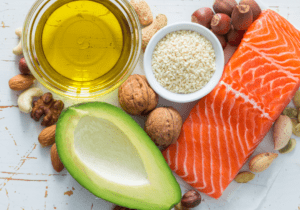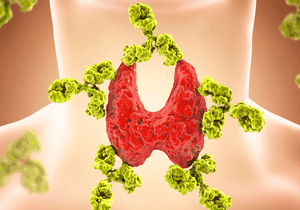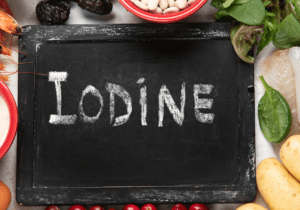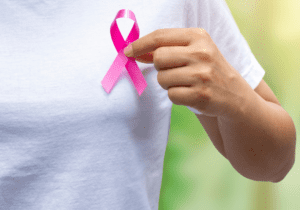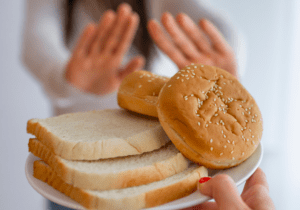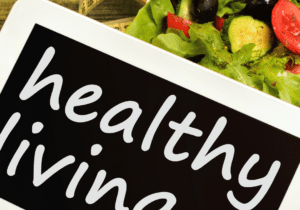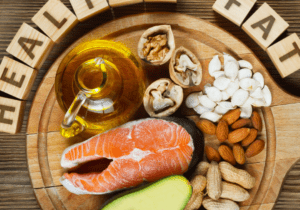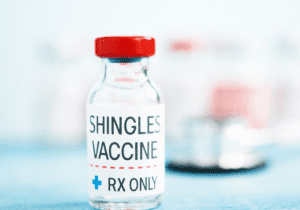Sugar – Heaven and Hell
My childhood was a wonderful adventure of love and food. My grandmother was a gourmet chef and not only could she make the most delectable meals, but she was a pastry and candy maker beyond measure. Her delicious confections were the reason I was a fat child. Having grown up in that environment, it was no surprise that I always equated good food and yummy desserts with love and nurturing. To this day, I still appreciate good food and yummy desserts, but now I am much more aware of the consequences of my culinary choices and proceed with caution when approaching my meals. Why am I telling you this? Because I want you to understand I was in your shoes. I understand how hard it is to give up the foods that we love, especially when it takes so much effort, and affects us not only gastronomically, but emotionally. Nonetheless, it is important to be mindful of what enters your mouth, because what you don’t know can and will hurt you. On that note, let’s talk about sugar, that wonderfully sweet, addictive additive that is heaven to your taste buds, but hell to your body.
Whenever you eat sugar, it triggers a series of events designed to move glucose from your blood to the inside of your cell for use as fuel. This process requires insulin, a hormone made in the pancreas and secreted into the circulation at the first sign of sugar in your meal. The cells that produce insulin known as beta cells only make up about 1-2% of your pancreatic cells, which equates to approximately 150,000 or so cells. While that may seem like a lot, it is a minute fraction of the total cells in our body which number in the trillions. From that perspective, you can see that we have a small amount of these important cells to maintain our blood sugar, and cellular energy production.
Sugar is a two-edged sword, one form, glucose, is necessary for fueling our cells’ energy production, especially our brain. While another form, fructose, can be detrimental to liver and pancreas cells as well as vascular integrity, among other things. What many of us don’t realize is that because of the artistry with which food manufacturers hide sugar in food, you have absolutely no idea how much sugar you ingest. You could eat anywhere between ½ to 1 cup of sugar daily without eating a single piece of cake or sugar-sweetened dessert. According to the CDC, the average American consumes approximately 60 pounds of sugar a year. The biggest culprits in this feeding extravaganza are sweeteners that have a higher concentration of fructose in them, such as high fructose corn syrup also known as HFCS. Because fructose is so much sweeter than glucose, it leaves you wanting more. I once had a patient tell me that when she gets thirsty, if she drinks an HFCS-sweetened beverage, she gets more thirsty and finds herself reaching for another. So, what’s the problem with that? Just that steadily increasing sugar consumption contributes to chronic diseases like diabetes and obesity. The other problem is that fructose is metabolized predominantly by the liver in a process that is very much like alcohol metabolism, and we all know what that does to the liver.
So what can you do? Read, ask, and get to know the many faces of sugar. Realize that your diet is the biggest culprit when it comes to your health. Very often, just getting the diet under control will get you on the road to better health. We always start by looking at our patient’s diets, making whatever changes are necessary, and educating them on how to make better choices. Remember, the closer to nature you eat, the better. Stay Well!

